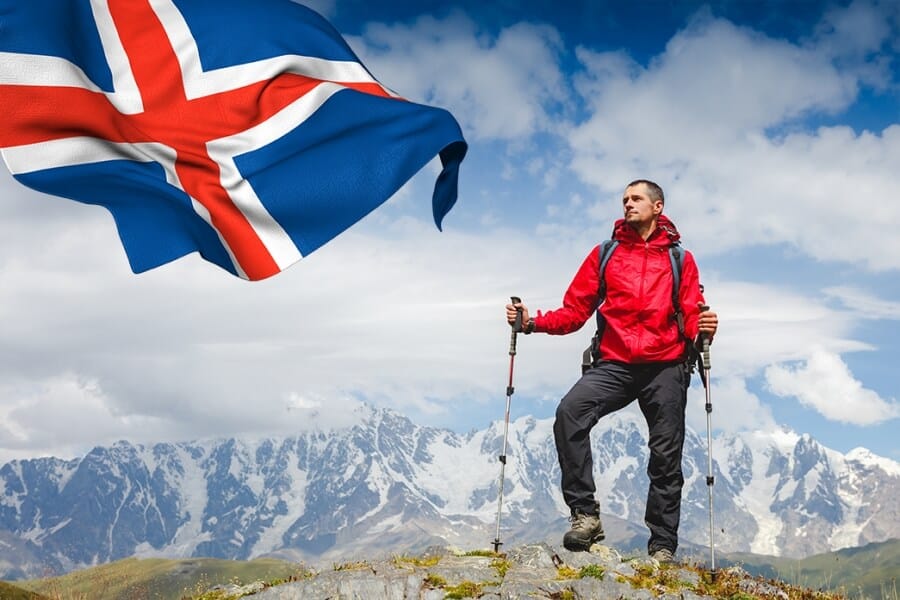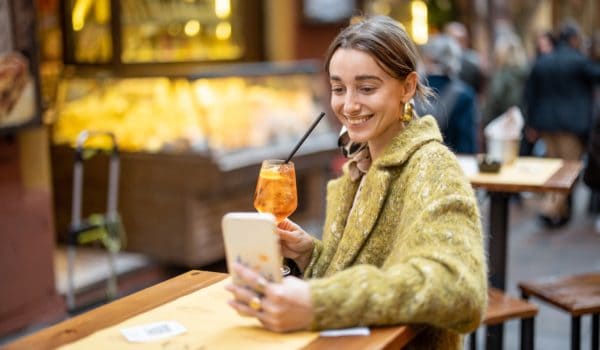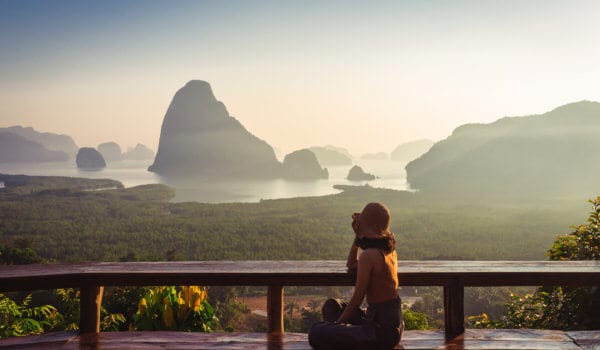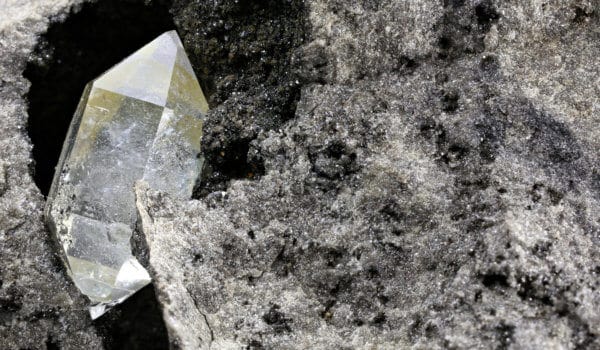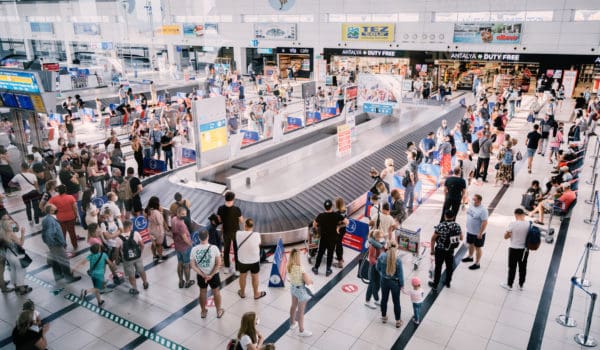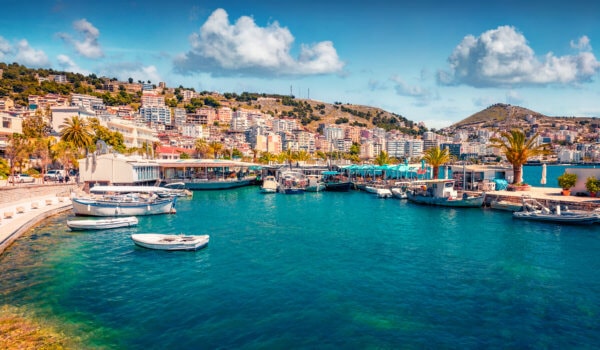I have spent two months of this summer wandering around the surreal landscapes of Iceland. This place turned out to be much more than just a place: it is a parallel universe, a state of mind, a distinct art of living. Apart from the astounding nature, the polar nights and northern lights, there is much more to experience here, things unique to this country: organized freedom, as Björk ingeniously put it in one of her songs. However, in order to plan a journey to this amazing land, one must start from somewhere - and it will inevitably be the places worth visiting. Consequently, here is a list of my personal favorites!

Among Iceland’s wide variety of waterfalls, Dettifoss is an absolute must-see. Deemed to be the most powerful waterfall in Europe, this stunning place is a perfect example of Iceland’s unique outlook on nature: it has been tempered with as little as it was possible, just so it is made approachable to your regular tourist and not only experienced hikers. The site was closed due to its interconnection with the infamous Bárðarbunga volcano, which is, despite its impossible name, known to all of you from this summer’s sensational news reports; it was deemed that, in case of a severe eruption, the waterfall would be owerflowed and lost forever. However, if you’re planning to visit Iceland in the near future, you’re in luck: just today, the ruling powers have decided that visiting Dettifoss is once again safe; so make sure you don’t miss this wonder of nature!

Lake Mývatn and the wonders that surround it are situated in the north of the island, close to Dettifoss. The area contains everything you can imagine! Volcano Krafla and its crater that has a green lake inside, were once believed to be an entrance to Hell itself. Mývatn nature baths, better known as the Green Lagoon, are a less touristic and less expensive version of the renowned Blue Lagoon – here you can experience swimming in an outdoor natural hot spring (36 to 40° C), in both summertime and winter! Dimmuborgir is a lava field made out of peculiar lava shapes, once believed to be home to Iceland’s thirteen Christmas trolls. Finally, Mývatn area is famous for its rich fauna of birds, especially ducks – which makes it a perfect sight for bird watching.

Raufarhöfn is Iceland’s northernmost settlement, located only 10 km outside of the Arctic circle. With its glorious 194 inhabitants and the nearest city at 150 km away, it offers a distinctive sense of isolation and peace. Adding up to the secludedness of this place, here the sun never sets in the summer. The daylight is constant and unchanged at 3 AM as it is at 6 PM, which makes you feel like time is standing still – a perfect environment for connecting with nature and through it, with your inner self. Finally, the only sight the village contains is the Stonehenge-alike colossal construction called “The Arctic Henge”: a series of monuments inspired by old Norse poems, which align to the heavens – the site is built in such a way, that sun rays play an irreplaceable role in experiencing the monument.

Iceland’s East fjords are a world for themselves. The region is composed of several villages and small towns alongside the coastline, and the breathtaking nature inbetween them. A fjord is a long, narrow bay encircled by mountains, a combination which makes up for a magnificent surrounding. My personal favorite in this area, as well as in Iceland overall, is a small village of Stöðvarfjörður, with its amazing art community. When the local fish factory, once a main source of income for the villagers, closed down, the city lost a huge chunk of its population; luckily, a group of young artists bought the old factory building and transformed it into HERE Creative Centre. This sustainable project did wonders for the local community – despite Stöðvarfjörður being small in size, the place has an enviable disposition of various cultural events and a thriving artistic scene.
 Vestmannaeyjar or Westman Islands, an archipelago in the south of Iceland, unfairly gained international recognition only after a devastating volcano eruption in 1973, which destroyed a fair share of the town and forced the whole population to be dramatically evacuated to the mainland. However, this place has way more to offer other than the remainings of the eruption. The islands are home to all of Iceland’s sea birds, the most notable of them being the puffin, which is sometimes considered to be a mascot animal of the country – as well as a national cuisine’s specialty. Apart from this, Vestmannaeyar hosts the biggest Icelandic festival – and this country has a warm spot for festivals – Þjóðhátíð or the National Festival. This event is about music but at the same time, about much more: bonfires, fireworks, performances, and the festival’s traditional Sunday night crowd singing. Last year, the festival was accompanied by a majestic windstorm, which scattered most of the campsite across the surrounding mountains, leaving the site looking like this:
Vestmannaeyjar or Westman Islands, an archipelago in the south of Iceland, unfairly gained international recognition only after a devastating volcano eruption in 1973, which destroyed a fair share of the town and forced the whole population to be dramatically evacuated to the mainland. However, this place has way more to offer other than the remainings of the eruption. The islands are home to all of Iceland’s sea birds, the most notable of them being the puffin, which is sometimes considered to be a mascot animal of the country – as well as a national cuisine’s specialty. Apart from this, Vestmannaeyar hosts the biggest Icelandic festival – and this country has a warm spot for festivals – Þjóðhátíð or the National Festival. This event is about music but at the same time, about much more: bonfires, fireworks, performances, and the festival’s traditional Sunday night crowd singing. Last year, the festival was accompanied by a majestic windstorm, which scattered most of the campsite across the surrounding mountains, leaving the site looking like this:

Finally, Reykjavík will be every traveller’s first and final destination in Iceland. The world’s northernmost capital, though considerably small compared to what we are used to when it comes to capital cities, has everything a big European city can offer – only in a compressed, easily digestible package. Iceland is vastly famous for its music scene – it seems like everybody is a musician here – accordingly, the nightlife is diverse and entertaining and you can easily run into a famous person, such as Björk! The cultural offer holds a candle to Scandinavian lifestyle; and all this in a surprisingly warm climate. The warm Gulf stream floats generously into the Reykjavík bay, keeping it warmer than most of Europe!

The only thing left to say about Iceland is: Go. Visit. There are countless places to discover there apart from the few I listed; but no matter how many stories you read or how many pictures or videos you see, I promise you, it will be nothing compared to the general sense of being out of this world you will get to feel once you set foot in this unexampled land. From Europe, it is fairly approachable; yet it will provide you with an experience that will match any exotic destination you can imagine. Therefore: Go. Visit.
Support us!
All your donations will be used to pay the magazine’s journalists and to support the ongoing costs of maintaining the site.
Share this post
Interested in co-operating with us?
We are open to co-operation from writers and businesses alike. You can reach us on our email at cooperations@youthtimemag.com/magazine@youthtimemag.com and we will get back to you as quick as we can.
